Vivino’s crowd reviews gain credibility in Cambridge study
By James BayleyIn a study that bridges the worlds of professional wine critique and popular opinion, researchers from Cambridge University have provided a compelling analysis of Vivino, the world’s most downloaded wine app.
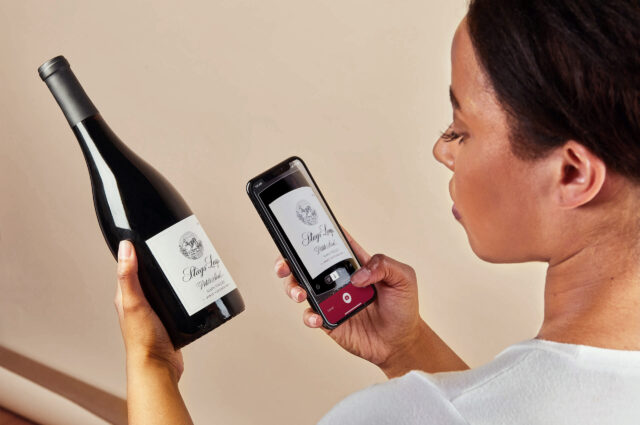
Published in the Journal of Wine Economics, their findings affirm the validity of crowdsourced ratings as a useful tool for wine lovers and producers alike, while also offering insights into the impact of climate change on wine quality.
Democratising wine criticism
Wine, a quintessential “experience good”, often leaves consumers puzzled when purchasing without tasting. Traditionally, professional critics such as Robert Parker and Jancis Robinson MW have served as gatekeepers of quality. Yet platforms like Vivino, where amateurs share reviews, have shifted this dynamic. The study examined whether crowdsourced Vivino ratings align with those of professional critics, focusing on Bordeaux’s red wines from vintages 2004 to 2016.
The verdict? Vivino users—while typically rating wines for immediate pleasure—showed a substantial correlation with professional critics. The average correlation of 40% between Vivino and critics such as Jeff Leve and The Wine Advocate was noteworthy, though professional critics’ scores correlated even more strongly among themselves, averaging 63%. Jeff Leve’s assessments exhibited the highest alignment with Vivino’s ratings of 48%, while Decanter showed the least (16%).
Partner Content
Global warming
The researchers also explored how weather influences ratings. They drew inspiration from Ashenfelter’s ‘Bordeaux equation,’ linking vintage quality to meteorological factors. Vivino’s ratings, like those of professionals, were positively influenced by warm growing seasons and moderate preseason rainfall. Conversely, excessive rain in August and high September temperatures were detrimental.
Notably, the study found the relationship between higher temperatures and wine quality in the northern hemisphere is weakening. Average September temperatures in Bordeaux have risen by 1.6°C since the 1950s, a shift that the researchers suggest may already be negatively impacting grape quality.
Implications for the wine industry
These findings could have significant implications for wine consumers and producers. For casual drinkers, Vivino’s aggregated ratings provide a reliable guide, particularly for wines meant to be enjoyed young. For serious collectors or those seeking investment-worthy bottles, professional reviews remain indispensable.
If we’re moving towards a paradigm where amateur reviews complement or even challenge traditional critique, the future of wine appreciation is in good hands.
Related news
Argentina 2025 is a vintage of two halves
Albertsons becomes first-ever retailer to join Wine Market Council
Will white wine be central to Burgundy's future success in Asia?

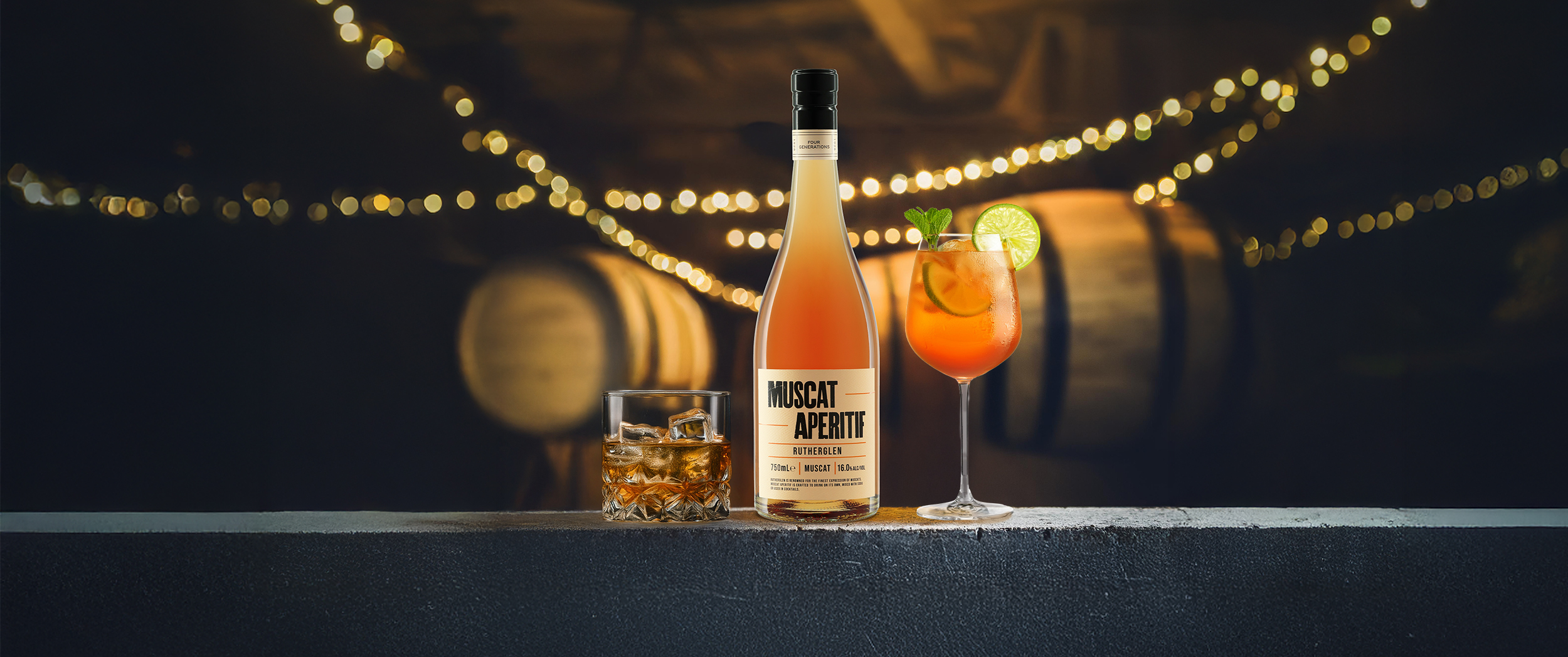
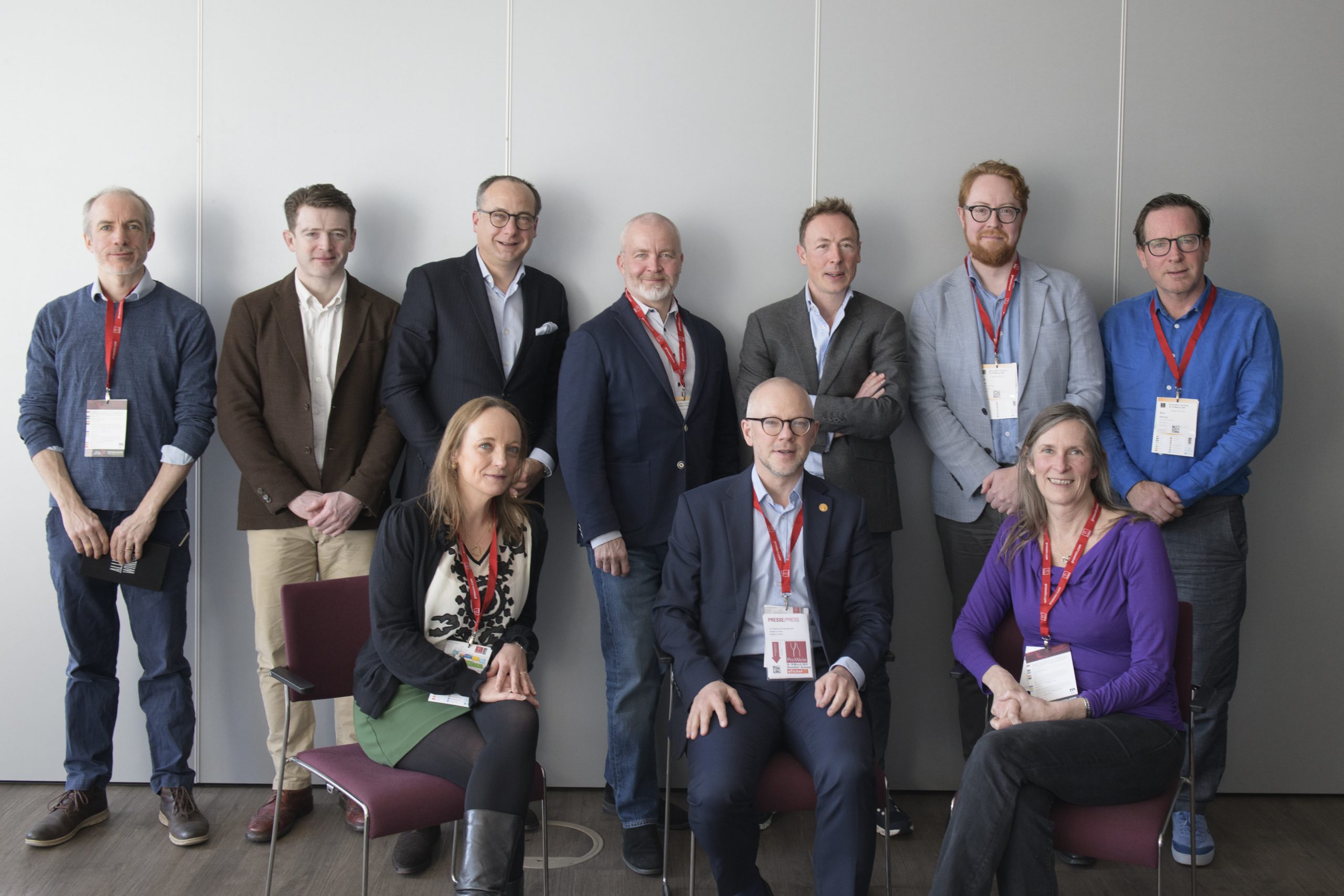
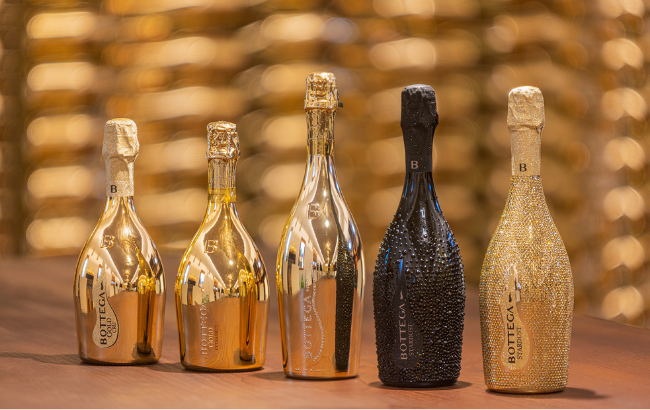
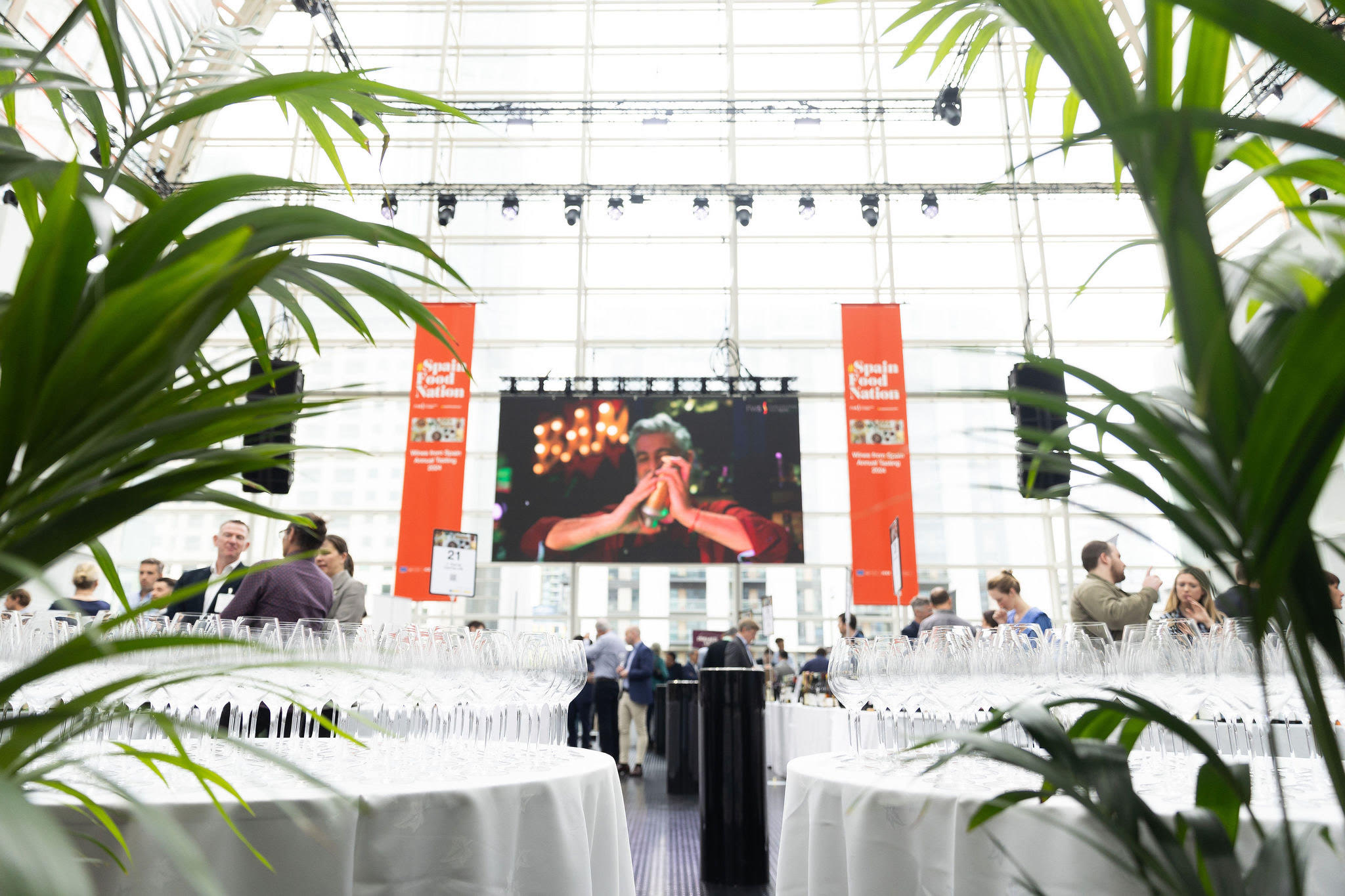
I wonder how much professional reviews influence crowd sourced reviews? Does the casual wine reviewer have knowledge of professional reviews prior to making their own assessment public? And is that assessment influenced up or.down coming closer to the professionals review thereby making it appear they are statistically correlated? Are casual reviewers “pressured“ to seem like they “know” a wine like a pro? Just a thought.